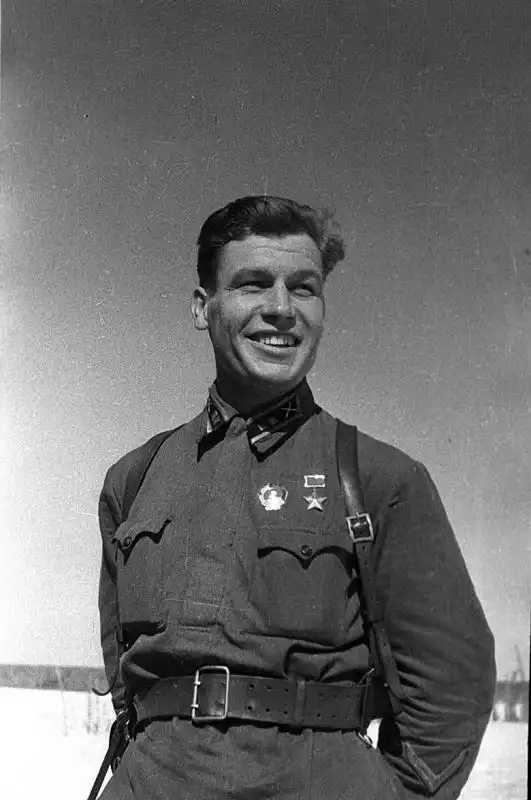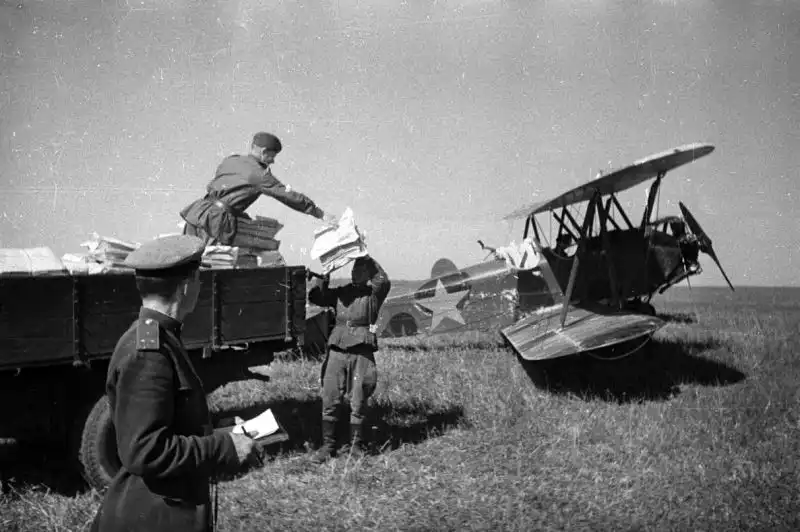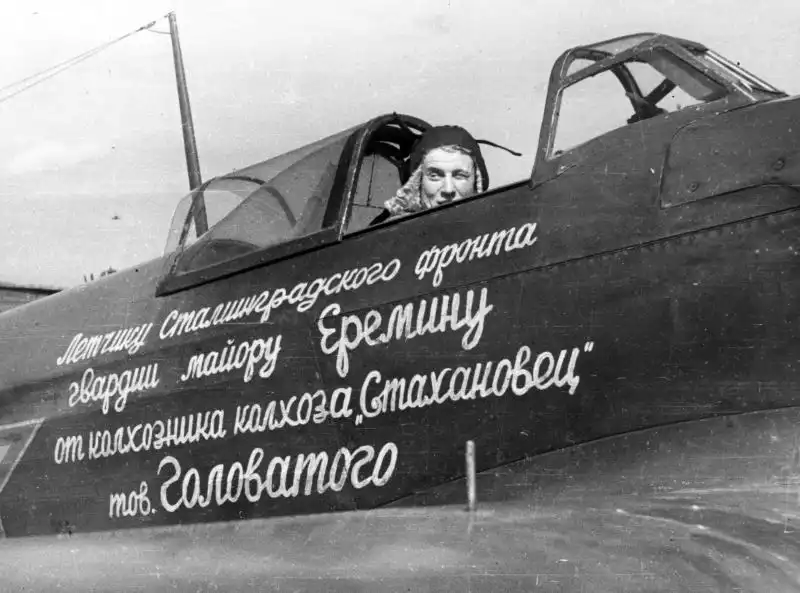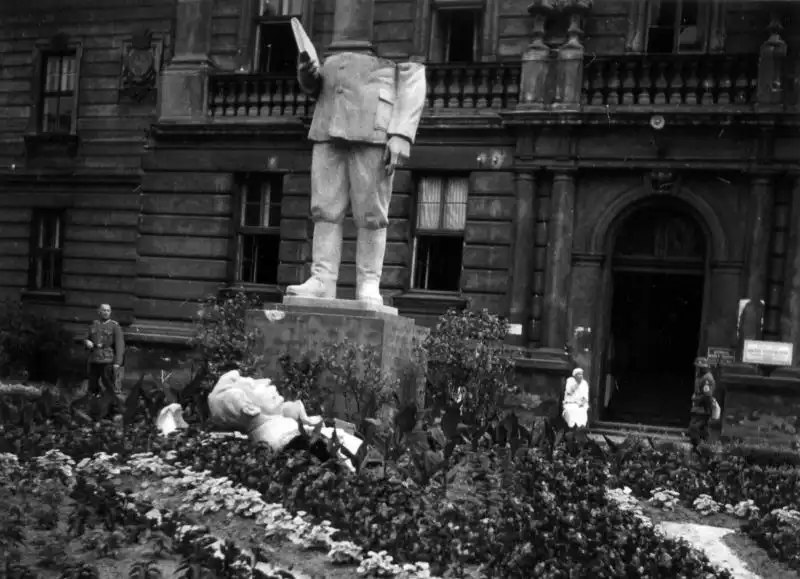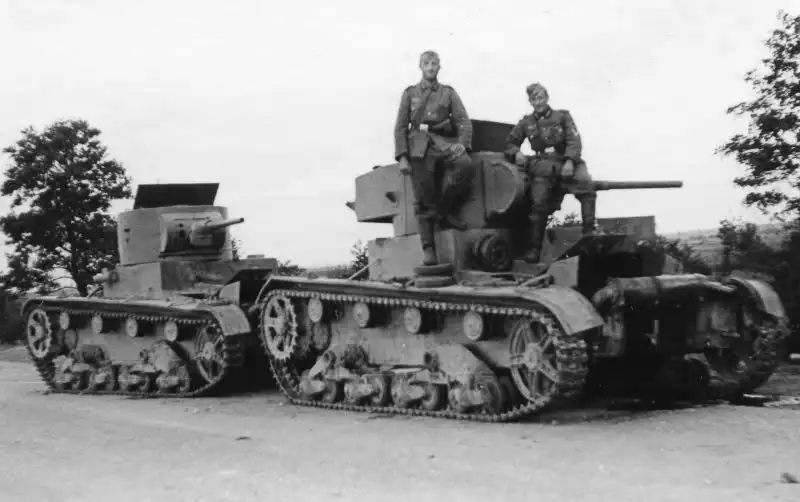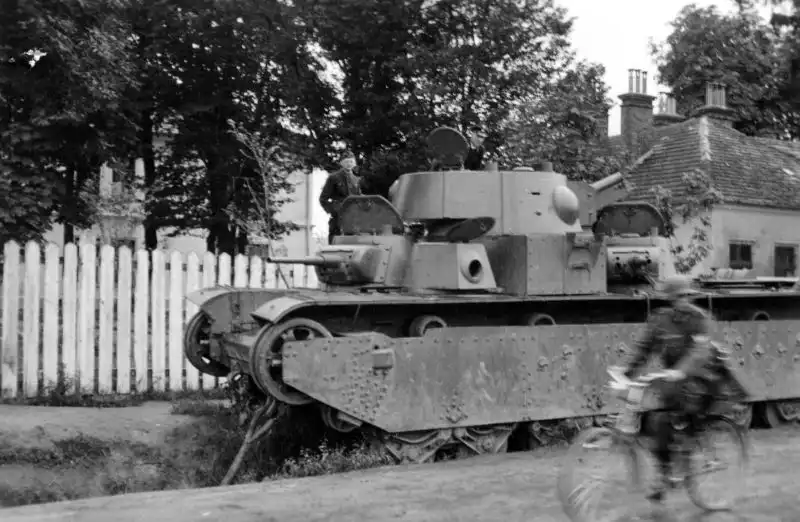Soviet Symbols in the Captured City of Kobryn, Belarus, Summer 1941
October 23, 2025 - Reading time: 4 minutes
German propaganda photo showing Soviet symbols — a T-26 tank and Lenin monument — in the captured city of Kobryn, Belarus, summer 1941.
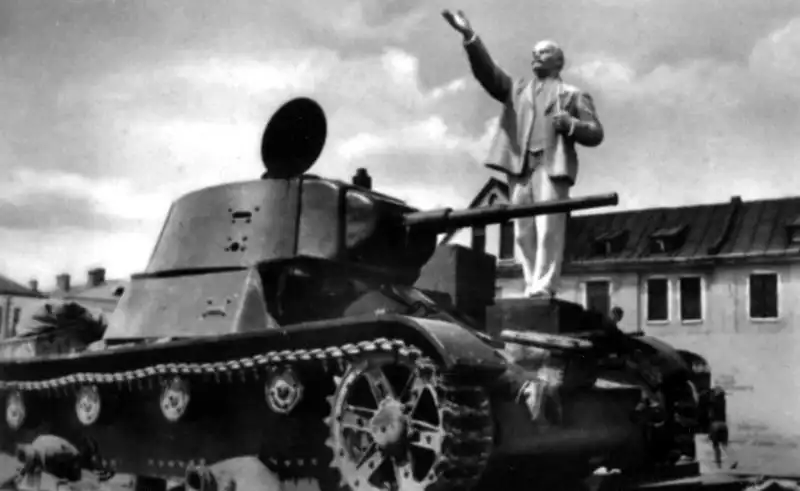
This World War II photograph, taken by a German war correspondent, shows Soviet symbols in the captured city of Kobryn (Brest Region, Belarus) after its occupation by the Wehrmacht in the summer of 1941. In the frame are two of the most recognizable emblems of the Soviet era: a T-26 light tank, abandoned during the rapid retreat of Red Army forces, and a statue of Vladimir Lenin, still standing amid the ruins of the city.
The image served a propaganda purpose, symbolizing the swift German advance during the opening phase of Operation Barbarossa and the fall of Soviet strongholds in Western Belarus. Yet, in retrospect, it also captures the fragility of early Nazi triumphs and the enduring presence of Soviet ideology, which would soon rally the population for total resistance.
The T-26, a pre-war light tank of 1930s design, was among the most common armored vehicles of the Red Army at the start of the German invasion. Although obsolete against newer German tanks, it remained a visible icon of Soviet military might — even in defeat.
Technical photo data:
📍 Location: Kobryn, Brest Region, Belarus, USSR
📅 Date: Summer 1941
📝 Event: German occupation of Kobryn, Soviet symbols photographed for propaganda
📷 Author: Unknown (German war correspondent)
- Kobryn Belarus WWII German occupation
- Soviet T-26 tank propaganda photo
- Lenin monument captured city 1941
- Operation Barbarossa Eastern Front images
- Wehrmacht propaganda photos USSR
Tags
Category
Search
Categories
- Unidentified WWII Photos (12)
- World War II Photos 1937 (1)
- World War II Photos 1938 (1)
- World War II Photos 1939 (3)
- World War II Photos 1940 (5)
- World War II Photos 1941 (103)
- World War II Photos 1942 (59)
- World War II Photos 1943 (52)
- World War II Photos 1944 (77)
- World War II Photos 1945 (41)
- WWII and Postwar Photos 1946 (1)
